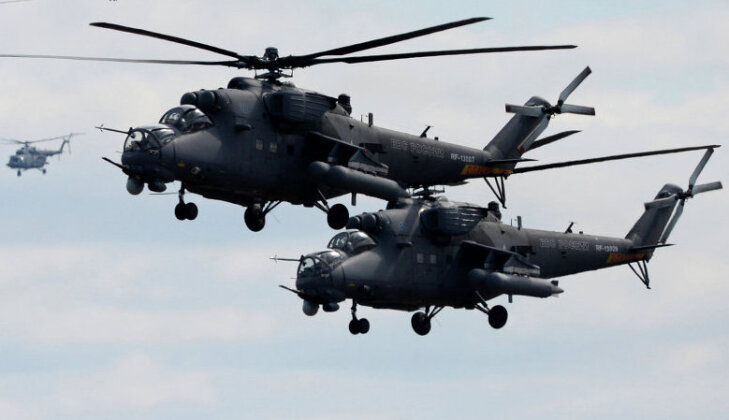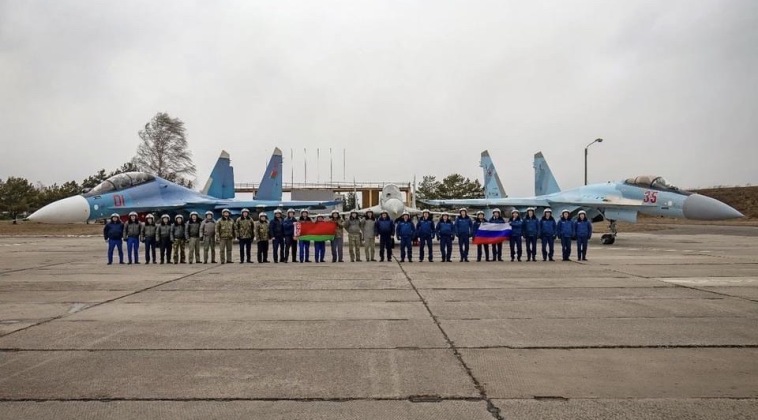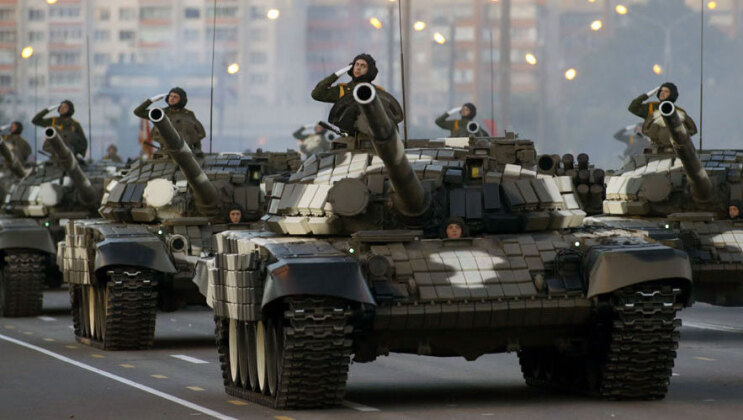News
Beyond Wagner Veterans, S-400s and Iskanders: Belarus is Heavily Arming Itself With New Generations of Equipment
At a time of rising tensions with NATO, and following growing integration of its armed forces with those of Russia from 2020, Belarus has begun to invest heavily in modernising its conventional military capabilities as it perceives growing challenges to its security from Western forces near its borders. Most prominently at the core of Belarusian modernisation of its air defence and strike capabilities have been its S-400 long range air defence systems and Iskander-M ballistic missile systems acquired from Russia, with Belarusian and Russian S-400s having held joint exercises in May 2022 followed by the operationalisation of a new S-400 battalion in late June. These provide a key means of countering the growing deployments of F-35 fifth generation fighters in Eastern Europe by NATO members, and are supported by a range of other air defence assets as well as by Russian S-400 systems and Su-35 fighters deployed to Belarusian territory. Belarus received its first Iskander-M missile systems in the second half of 2022, with these serving as the prime delivery vehicles for nuclear warheads which the country gained access to under a nuclear sharing agreement with Russia. The country in late May simulated conducting nuclear strikes using these assets, with Iskanders optimised to evading enemy air defences and striking with high precision allowing them to potentially devastated key targets such as airfields in a war’s early stages.

Deployments of S-400 and Iskander-Ms, which are Russia’s two most prominent ground based asymmetric weapons systems, has been supplemented by the stationing of Wagner Group paramilitaries in the country, with these expected to play a major role in supporting potential counterinsurgency operations. This has become particularly important for Belarus’ security as paramilitary groups training and based in Poland and extensively supported by Warsaw have pledged to foment unrest in the Belarus, with their final goal being the toppling of the Belarusian state and imposition of a Western-aligned government in its place. While it has been confirmed that Wagner Group forces will play a role in sharing experience with Belarusian forces, after over a year of extensive combat in Ukraine most famously in the battle for Bakhmut, the Russian contractors are also expected to play an important role in deterring and if necessary neutralising insurgents.

While new mobile missile systems and support from Wagner paramilitaries provide a major boost to Belarusian security, the country has invested more comprehensively to modernise its conventional forces both with acquisitions from Russia and with orders from the country’s not insignificant local defence industry. In February The commander of the Belarusian Air and Air Defence Forces Andrey Lukyanovich confirmed that the country was receiving new Tor-M2 short range air defence systems and an entire squadron of Mi-35M helicopters, of which the first four would be deployed within the first quarter of the year. Belarus’ attack helicopter fleet is currently comprised of modernised Mi-24 helicopters acquired in the Soviet era, with the Mi-35M being a very heavily enhanced derivative of the design acquired in large numbers by Russian Army Aviation in the 2010s and used successfully in offensives in Ukraine. The aircraft is not a dedicated attack helicopter like the more costly Mi-28 and Ka-52 platforms, and also serves as a troop transport in a limited capacity. Belarus has long placed a strong emphasis on the capabilities of its rotary wing aviation, reportedly maintaining high degrees of combat readiness and playing prominent roles during heightened tensions with NATO members in late 2020 in demonstrating the military’s resolve. The Mi-35M benefits from significant commonality with the Mi-24 fleet, although it remains uncertain whether the older aircraft will be phased out of service or fielded alongside the newer ones.

Belarus is reported also set to place followup orders for Su-30SM fighter planes from Russia, which will help to phase its Soviet built MiG-29 fighters out of service. The Su-30SM is a ‘4+ generation’ aircraft and by far the heaviest and longest ranged fighter deployed by a European state, and benefits from a range of advanced features including a 400km air to air engagement range using R-37M missiles – providing 2-4 times the range of NATO aircraft using missiles such as the Meteor and AIM-120. The fighter is a derivative of the Su-27 Flanker air superiority fighter which Belarus inherited from the Soviet Union but retired due to its very high operational costs. More modern production methods and materials making the Su-30SM less costly to operate than the Su-27 while new avionics, engines and weaponry provide an overwhelmingly superior performance. Over 120 Su-30SMs have been ordered by the Russian Defence Ministry, with over 500 fighters from the same branch of the Su-30 family of aircraft having been built and serving in India, Algeria, Kazakhstan and Myanmar among other states.

From local industry Belarus is expected to modernise approximately 400 of its T-72B tanks inherited from the Soviet Union to the T-72BM2 standard – an upgrade package broadly comparable to the Russian T-72B3M. It includes new fire controls, thermal sights, and an unnamed 3rd generation explosive reactive armour that closely resembles the Russian Relikt. The viability of this upgrade package remains in question, however, as T-72B3s have proven vulnerable to new generations of anti tank weapons such as Javelins in the Ukrainian theatre – leading Russia to develop a much better protected new variant speculated to be named T-72B4 with armour protection standards significantly closer to the levels seen on the Russian Army’s most capable tank the T-90M. Complementing the S-400 and Tor-M2 systems being acquired form Russia, Belarus is also speculated to be intending to acquire larger numbers of BuK-MB3K medium ranged air defence systems – a cheaper alternative to the Russian BuK-M2 using a wheeled rather than a tracked launcher.












